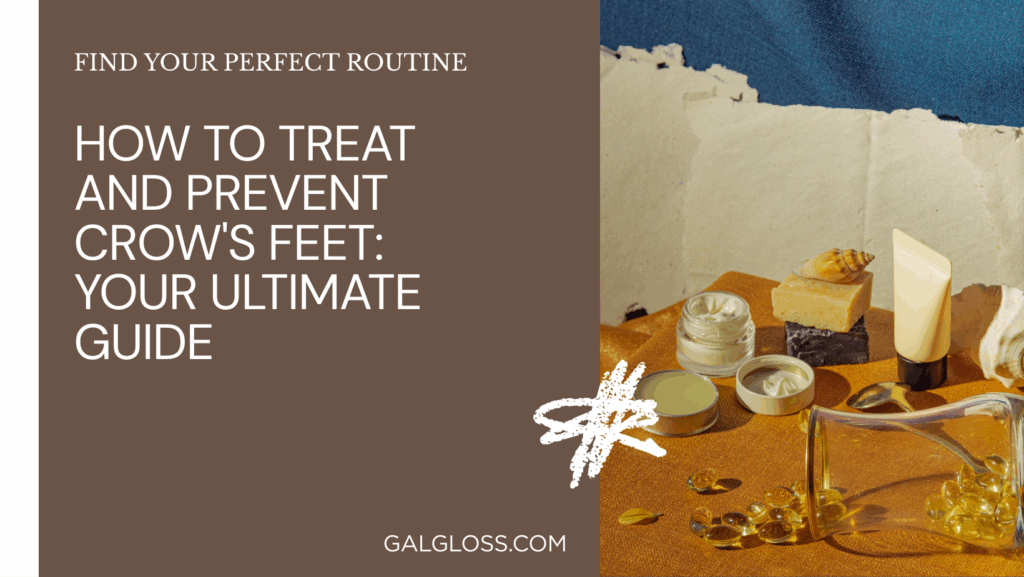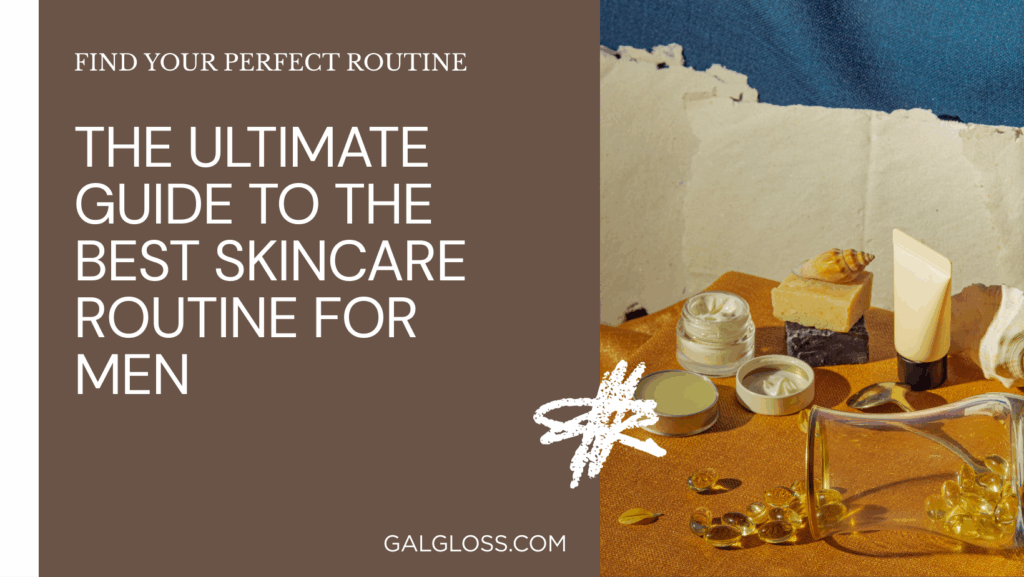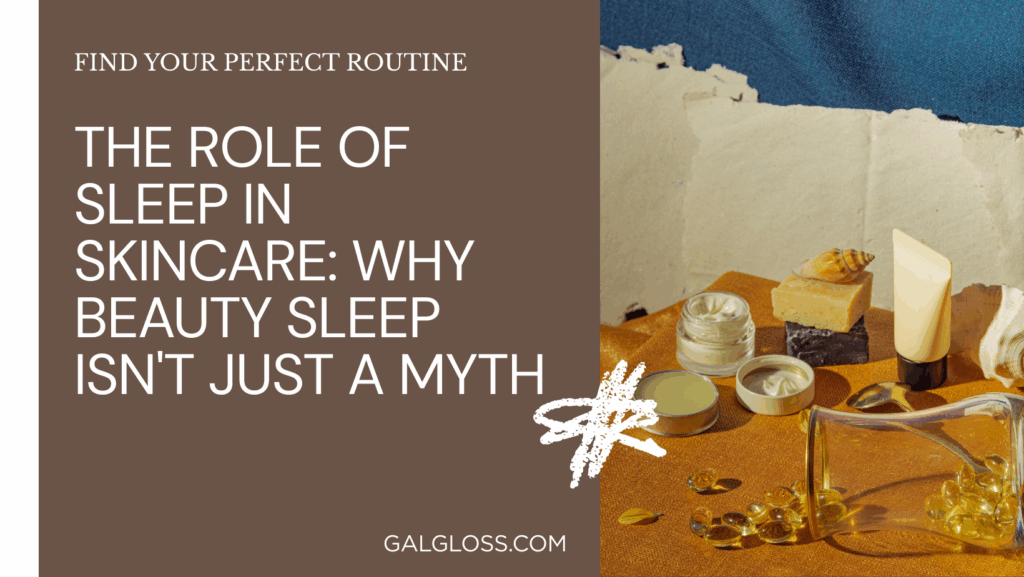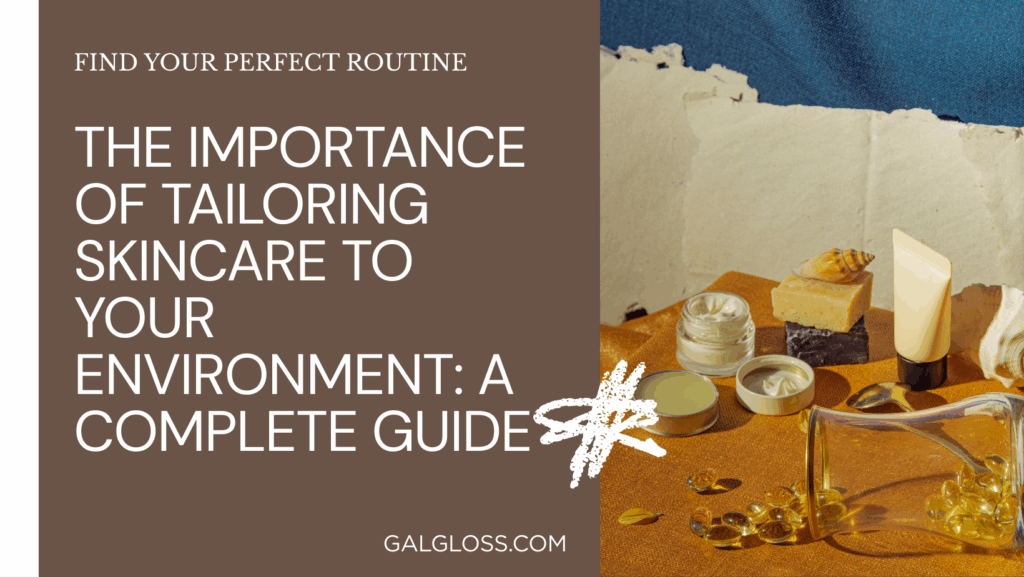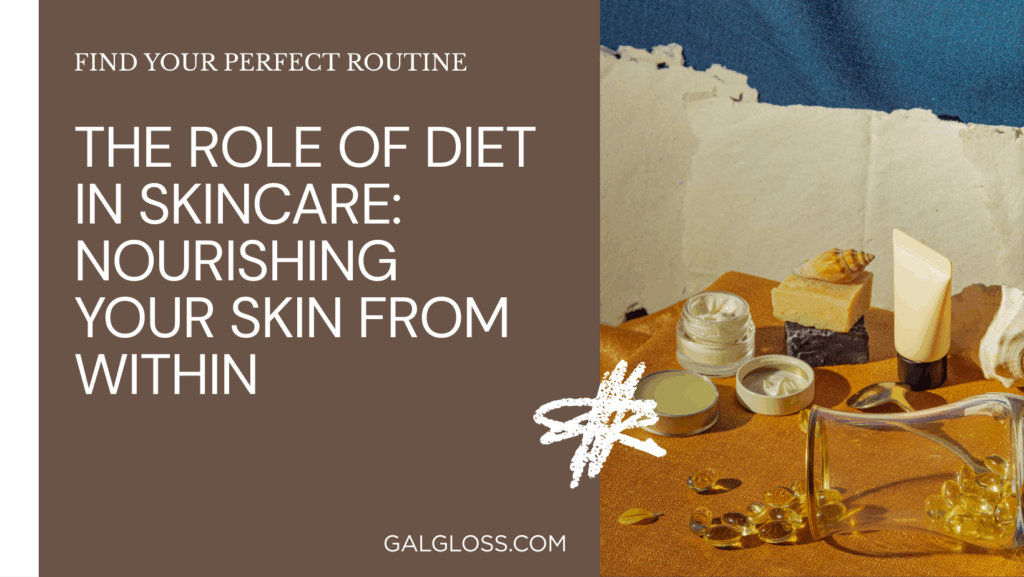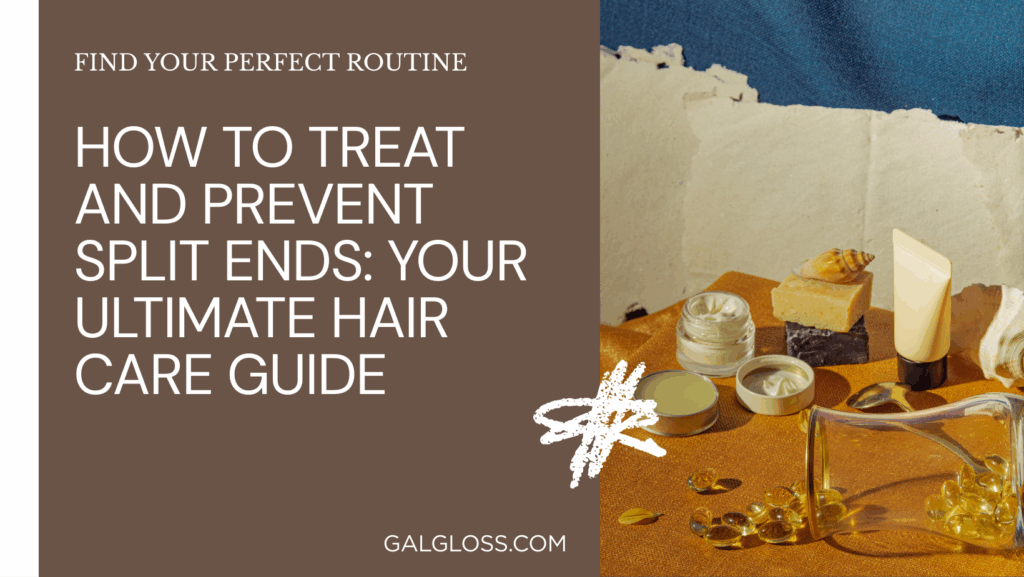Ever feel like your hair has a mind of its own? One day it’s glossy and gorgeous, the next it’s a frizzy mess. Well, you’re not alone in this hair-raising journey! Maintaining healthy hair isn’t just about looking good – it’s about feeling confident and taking care of yourself. So let’s dive into the world of luscious locks and uncover the secrets to keeping your crown glowing.
Understanding Your Hair Type

Before we jump into hair care routines, let’s figure out what we’re working with. Your hair type is like your skin type – unique to you and crucial for determining the best care approach.
Different Hair Types Explained
- Straight: Tends to be oily, reflects light well
- Wavy: Can be prone to frizz, falls between straight and curly
- Curly: Often dry, forms spirals or loops
- Coily: Tightly wound, very prone to dryness and breakage
How to Determine Your Hair Type
Wash your hair, let it air dry without any product, then observe:
- Straight as an arrow? Type 1
- Gentle S-waves? Type 2
- Defined curls? Type 3
- Tight coils? Type 4
Each type has subtypes (a, b, c) based on how pronounced the texture is. Knowing your exact type helps you choose the right products and techniques.
Essential Hair Care Routine
Now that you know your hair type, let’s build a routine that’ll make your locks love you back.
Washing Frequency
Here’s the scoop: you probably don’t need to wash as often as you think. Overwashing strips natural oils, leading to dryness and overproduction of sebum. Aim for:
- Oily hair: Every other day
- Normal to dry hair: 2-3 times a week
- Very dry or coily hair: Once a week
Proper Shampooing Technique
- Wet hair thoroughly
- Apply shampoo to scalp, not lengths
- Massage gently with fingertips, not nails
- Rinse completely – residue is a no-go
Pro tip: Use lukewarm water. Hot water might feel great, but it’s drying your hair out faster than you can say “split ends”!
Conditioning Tips
- Apply mainly to mid-lengths and ends
- Leave on for 2-3 minutes
- Rinse with cool water to seal the cuticle
For extra moisture, try deep conditioning once a week. It’s like a spa day for your hair!
Drying Methods
Air drying is your hair’s BFF, but if you must use heat:
- Apply a heat protectant
- Use the lowest effective heat setting
- Keep the dryer moving to avoid concentrated heat
Nutrition for Healthy Hair
You are what you eat, and so is your hair! Let’s feed those follicles.
Foods that Promote Hair Health
- Salmon: Omega-3s for shine
- Eggs: Protein and biotin for strength
- Spinach: Iron and vitamins for growth
- Nuts: Zinc and healthy fats for nourishment
- Berries: Antioxidants for protecting hair follicles
Supplements for Stronger Hair
While a balanced diet is key, some supplements can give your hair an extra boost:
- Biotin: Supports keratin production
- Vitamin D: Helps create new hair follicles
- Iron: Essential for hair growth (especially for those with deficiency)
Remember, always chat with your doc before starting new supplements!
Protecting Your Hair
Your hair faces a daily assault from heat, sun, and even your hair tie. Let’s build up its defenses.
Heat Styling Precautions
- Always use a heat protectant spray
- Keep tools on low or medium heat
- Limit heat styling to 2-3 times a week
- Invest in high-quality tools with ceramic plates
Sun and Environmental Protection
UV rays can be as damaging to your hair as they are to your skin. Try these:
- Wear a hat or scarf in strong sun
- Use products with UV filters
- Rinse hair after swimming to remove chlorine or salt
Safe Hair Ties and Accessories
- Opt for snag-free elastics
- Use silk scrunchies to reduce friction
- Avoid tight styles that pull on your scalp
Natural Hair Treatments
Mother Nature’s got your back when it comes to hair care. Let’s raid the kitchen for some DIY magic!
DIY Hair Masks
- Avocado + Honey: Moisture boost
- Coconut Oil + Egg: Protein punch
- Banana + Olive Oil: Frizz fighter
Apply to damp hair, leave for 30 minutes, then shampoo as usual.
Essential Oils for Hair Health
- Peppermint: Stimulates growth
- Lavender: Deepens hair follicles
- Rosemary: Improves thickness
Mix a few drops with a carrier oil and massage into your scalp weekly.
Dealing with Common Hair Issues
Even the healthiest hair has its off days. Here’s how to tackle common problems:
Dandruff Solutions
- Use an anti-dandruff shampoo with zinc pyrithione or ketoconazole
- Try a tea tree oil scalp treatment
- Reduce stress and improve diet
Combating Hair Loss
- Check iron levels – deficiency can cause shedding
- Try minoxidil (after consulting a doctor)
- Reduce heat styling and tight hairstyles
- Consider a scalp massage to stimulate blood flow
Fixing Split Ends
Sorry folks, there’s no real fix except trimming. But you can prevent them:
- Use a leave-in conditioner
- Get regular trims (every 6-8 weeks)
- Avoid excessive heat styling
Professional Hair Care
Sometimes, you need to call in the pros.
When to See a Trichologist
Consider a visit if you’re experiencing:
- Sudden excessive hair loss
- Persistent scalp issues
- Unexplained changes in hair texture
Salon Treatments for Healthy Hair
- Keratin treatments: Reduce frizz and add shine
- Olaplex: Repairs damaged bonds in hair
- Scalp facials: Detoxify and nourish the scalp
Hair Care Products
Navigating the product aisle can feel like you need a PhD in chemistry. Let’s simplify.
Choosing the Right Shampoo and Conditioner
- Oily hair: Clarifying shampoo, lightweight conditioner
- Dry hair: Moisturizing shampoo, rich conditioner
- Colored hair: Sulfate-free, color-safe options
Leave-in Treatments and Serums
These can be game-changers for:
- Frizz control
- Heat protection
- Adding shine
- Detangling
Choose based on your hair type and specific needs.
Natural vs. Chemical Products
Both have their place:
- Natural products often have fewer harsh ingredients
- Chemical products can target specific issues more effectively
The key? Finding what works for your unique hair.
Lifestyle Factors for Healthy Hair
Your hair doesn’t exist in a vacuum – your lifestyle plays a huge role in its health.
Stress Management
Chronic stress can lead to hair loss. Try:
- Meditation or yoga
- Regular exercise
- Adequate sleep
Sleep and Hair Health
- Use a silk or satin pillowcase to reduce friction
- Avoid sleeping with wet hair to prevent breakage
- Try loose, protective styles for long hair
Exercise Benefits for Hair
Working up a sweat isn’t just good for your body:
- Improves blood circulation to the scalp
- Reduces stress, a common cause of hair loss
- Helps balance hormones that affect hair growth
Conclusion
Whew! We’ve covered a lot of ground in our journey to hair health. Remember, maintaining healthy hair is a marathon, not a sprint. It’s about consistent care, understanding your unique hair type, and being gentle with those precious strands.
Key takeaways:
- Know your hair type – it’s the foundation of good hair care
- Be gentle – treat your hair like your favorite silk blouse
- Nourish from the inside out with a healthy diet
- Protect your hair from heat and environmental damage
- Don’t be afraid to call in the pros when needed
Most importantly, remember that healthy hair is happy hair. It’s not about perfection, but about embracing your natural texture and giving it the love it deserves. So go forth, armed with your new knowledge, and rock those gorgeous locks!
Your hair care journey is as unique as you are. What works for your bestie might not work for you, so don’t be afraid to experiment (gently!) and find your perfect routine. Here’s to good hair days, every day!
